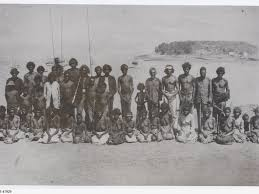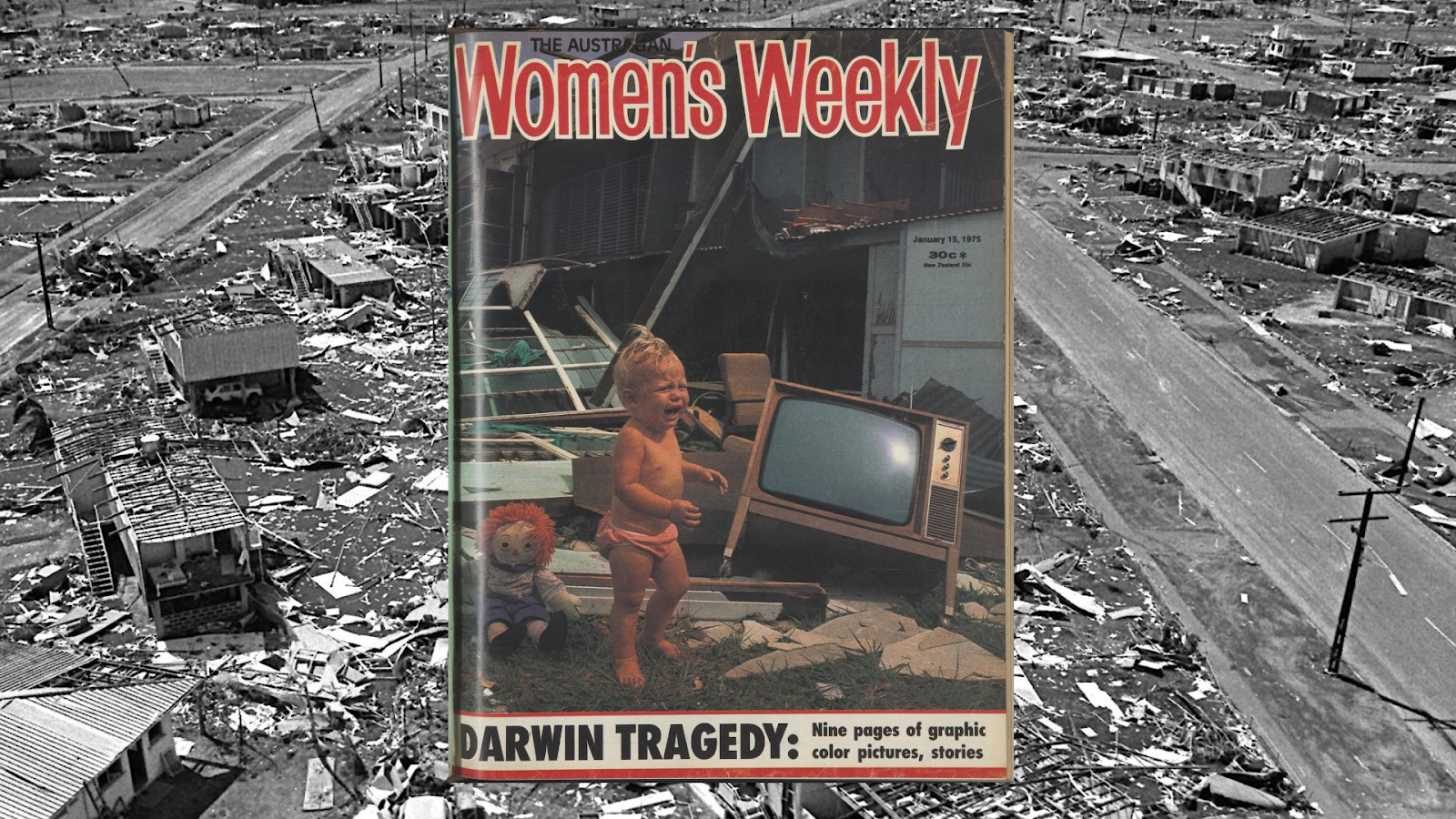This week we are looking at the town of Darwin which is the
capital of the Northern Territory and has been since 1911 when the area
was transferred from South Australia to the Commonwealth of Australia. The
handover also included a renaming of the city from Palmerston to Darwin.
Darwin was also given city status in 1959. It was a former frontier
outpost.
The traditional owners of Darwin are the Larrakia (saltwater)
people. Larrakia country runs far beyond the municipal boundaries of Darwin,
covering the area from the Cox Peninsula in the west to the Adelaide River in
the east. The Larrakia people established the first trade routes in the region,
trading with the Tiwi, Wagait, and Wulna people as well as with Indonesian
fishermen. Their stories, songs, and ceremonies echo the strong connection and
understanding they have with the saltwater country.
Darwin is a gateway to massive Kakadu National Park. Its popular
waterfront area has several beaches and green areas like Bicentennial Park.
Also near the water is the Museum and Art Gallery of the Northern Territory,
displaying Southeast Asian and Pacific art, plus a pearling lugger and other
seafaring vessels.
In 1839, the HMS Beagle with Lt. John Lort Stokes aboard sailed
into the waters of what is now known as Darwin harbour. Stokes named the
harbour after his former shipmate British evolutionist Charles Darwin but
contrary to popular rumours, Darwin himself never visited the area.
Darwin was originally founded as Palmerston in 1869, although
the port was always known as Port Darwin. The town's growth was accelerated
when gold was discovered at Pine Creek in 1871.
In 1939 a Darwin Town Management Board was formed comprising
three Commonwealth Government officers and a Citizens’ Advisory Committee.
However, it ceased when Darwin was bombed during World War II.
Between February 1942 and October 1943, the Japanese launched
more than 60 air raids over Darwin.
Since the early 1960s, Council has hosted a service on 19
February to commemorate the Bombing of Darwin. In 2011, the Governor General of
Australia officially declared the 19 February 'Bombing of Darwin Day - A
National Day of Observance'.
When Darwin returned to civilian control after the war, a new
Town Management Board was formed comprising officials and a representative
group of residents.
On 1 July 1957 the people of Darwin elected for the first time a
Mayor and 12 Councillors. There was much enthusiasm at the time for granting of
self-governance with a voter turnout of more than 85 per cent on Election Day,
29 June 1957. Council’s first elected Mayor was Lucius (Bill) Richardson.
In May 1975, Darwin elected its first female Mayor, Dr Ella
Stack, who also played a strong role in the Darwin Reconstruction Committee.
In 1978 the Commonwealth passed The Northern Territory
(Self Government) Act 1978 establishing the Northern Territory as a
distinct political entity under the Crown, with limited state-like powers,
effective on 1 July 1978.
In November 1979 Dr Stack became Darwin’s first Lord Mayor.
Darwin was the scene of the biggest airlift in Australian
history after Cyclone Tracy devastated the city in the early hours of Christmas
Day 1974. Cyclone Tracy killed 66 people and injured thousands more. Many of
those who died or were injured were struck by flying debris.
More than 30,000 of the city's then 43,000 people were evacuated
to cities and towns all over Australia immediately after the devastation of
Tracy. But for many Darwin was a hard place to stay away from and people
returned to resume their lives in the capital city of the Northern Territory.
After the cyclone, the Darwin Reconstruction Commission (DRC), made up of
Federal, Territory, and Local Government representatives, was involved with the
running and rebuilding of the city which gradually turned Darwin into the most
modern capital city in the nation.
The estimated usual resident population of Greater Darwin in
2021 was 139,902. This makes Darwin Australia's smallest capital
city. The city has nearly 53% of the Northern Territory's population.











That was a wealth of info! I need to look up about Tracy.
ReplyDeleteI remember hearing about Tracy on the telly
DeleteHave been to Darwin several times Jo-Anne, had a cousin living there but not anymore. Good information.
ReplyDeleteI remember when I was a teenager my aunt and uncle lived there for a year when my uncle went there for work
DeleteSpouse and I still remember Cyclone Tracy devastating Darwin on Christmas Day 1974. So many people were killed or seriously injured :( It was horrendous.
ReplyDeleteThat it was I remember watching about it on the news
DeleteDarwin has quite the history and some of it not so pleasant. I could not imagine living there when the bombings and cyclone hit!
ReplyDeleteThat is so true many do not realise that the city was bombed
DeleteI've never heard of the cyclone before. Amazing how terrible Mother Nature can be.
ReplyDeleteMother Nature can be a right bitch at times
DeleteDarwin certainly has a rich and varied history, Jo-Anne. I loved learning about this part of Australia. Blessings!
ReplyDeleteThat it does, thanks for dropping by
DeleteWhat a horrible Christmas disaster! And the bombing, too!
ReplyDeleteSo much information. Interesting Darwin was never actually there. Sounds like it and the harbor were named by a fan--lol!
Yeah that wouldn't have been a good Christmas for so many
DeleteDarwin’s history is fascinating, with its roots stretching back to the Larrakia people's connection to the land and saltwater. It’s interesting to learn that the city’s name change from Palmerston to Darwin came with its handover to the Commonwealth in 1911, along with its status as a capital. The transformation of Darwin, especially after the devastation of Cyclone Tracy in 1974, really shows the resilience and spirit of its people. It’s also incredible how much history is packed into such a small city – from the HMS Beagle to the modern city we see today. The fact that it’s the smallest capital city yet hosts a large portion of the Northern Territory’s population adds to its unique charm. It must be an amazing place to visit, blending natural beauty and historical significance!
ReplyDeleteThere is so much history around so many places that we do not know about and I do like sharing my country with others, thanks for reading
Delete